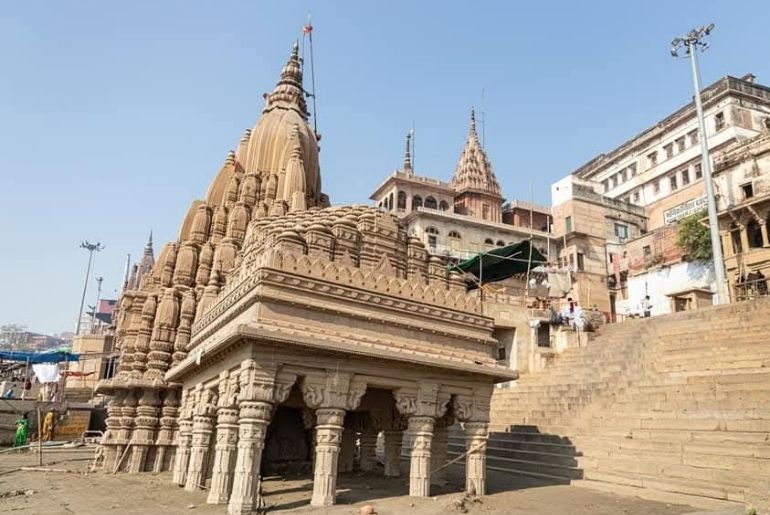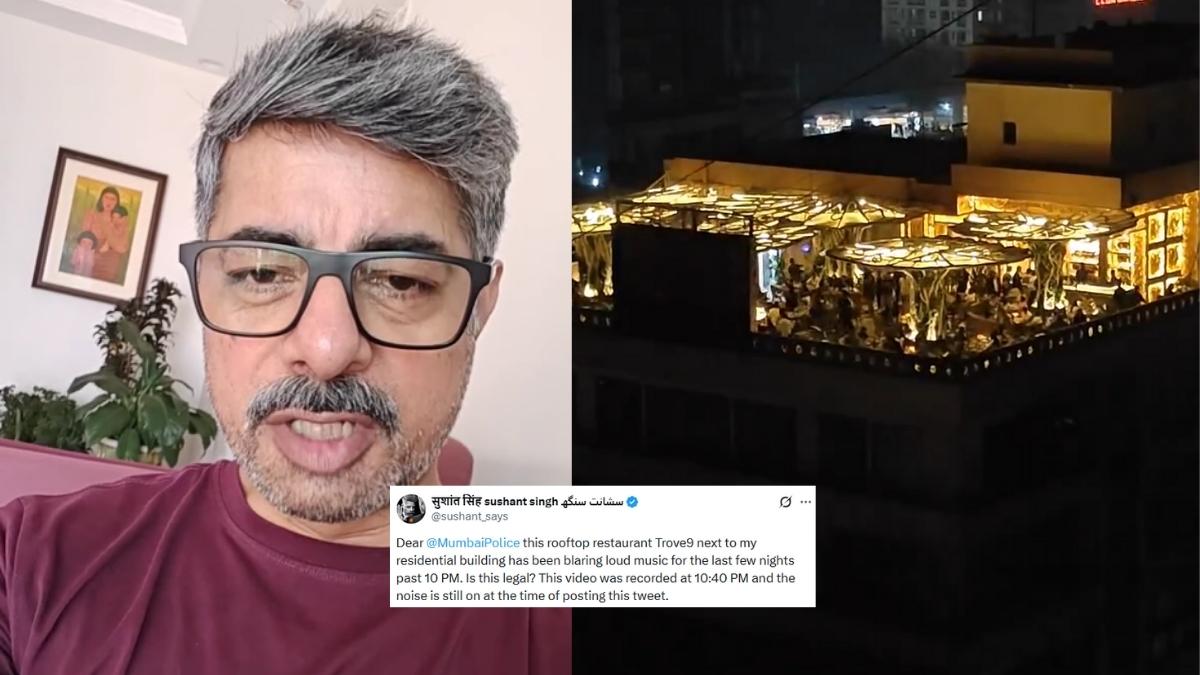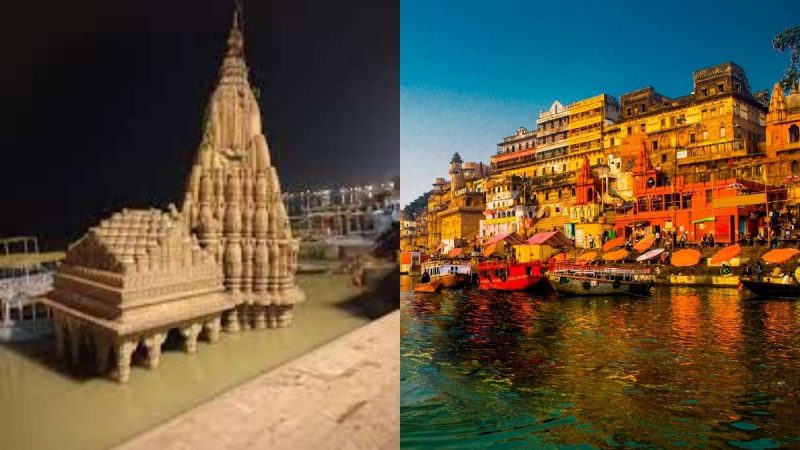One of the most spiritual places in India, Varanasi or Banaras, attracts thousands of devotees every year. Both national and international tourists are captivated by the sacred ghats, hidden temples, and mesmerising aarti. Among these, one of the most famous is the Kashi Karvat temple. But do you know that once it was a place where people would commit suicide for liberation (moksha)?
A Hidden Temple In Varanasi

Among the Dwadash (twelfth) Jyoritlingas temples in Varanasi, Kashi Karvat is located a few metres away from the Kashi Vishwanath. The temple was named after the wooden saw (karvat) that used to hang on the ceiling of the temple. Far from an ordinary temple, this ancient Shiva temple, visited by Hindu devotees, holds a mysterious history, which many people are unaware of.
Also Read: Soon, Meerut-Lucknow Vande Bharat Will Make A Pitstop At Varanasi, Too; Details Inside
The Dark Past Of Kashi Karvat
According to local beliefs, any person who died in Kashi Karvat would directly receive liberation (Moksha). Gradually, this belief spread among the villagers, and they would place themselves just below the wooden saw and let it fall purposely. This act was not considered ‘suicide’ but surrendering themselves to achieve moksha.
After some time, when the saw was removed, people would visit this place and jump into the pit to kill themselves. According to the report by Varanasi Guru, there are many stories about priests scamming the pilgrims. They would push them to steal their valuables. And to hide the body, they would dispose of it in a canal in the temple’s basement, leading it directly to the Ganga River.
Due to continuous dreadful incidents authorities and British rulers stopped this tradition. Today, even though this practice is no longer followed, devotees visit here for a glimpse of the temple’s mysterious past.
Also Read: Varanasi Loses Iconic Breakfast Places Like Pahalwan Lassi & Chachi Ki Kachori; Here’s Why!
What are your thoughts on the history of this temple? Let us know in the comments below!
Cover Image Courtesy: Canva Pro/ Shylendrahoode and Wikimedia Commons





